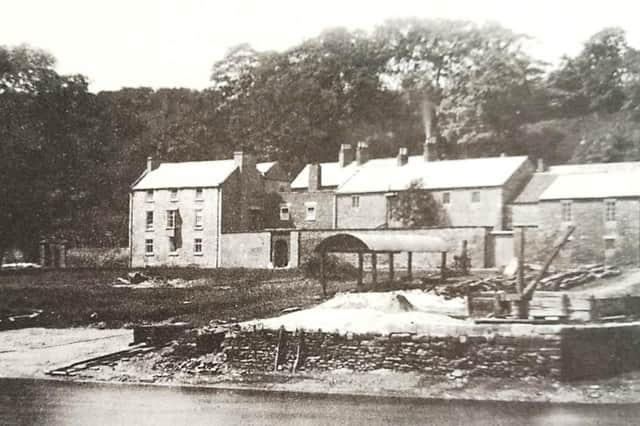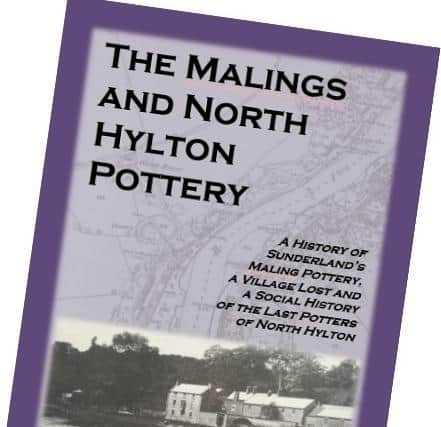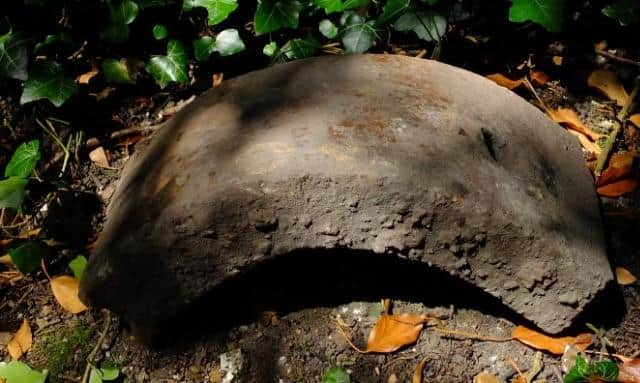The tragic and hidden stories which lie behind Sunderland's famous pottery industry


Historian Beverley Ruffell has painstakingly researched the background to the Maling pottery which is famous among collectors around the world. .
The company, which produced over 12,000 designs across two centuries, can boast that it all began in North Hylton, Sunderland.
Advertisement
Hide AdAdvertisement
Hide AdBut as well as the history of the firm, Beverley has also produced a detailed social account about the potters who worked there.


"The potters living in the village included men and children and the youngest being just eight years old.”
One story is of Richard Ball who, in 1841, was just 20 years old and living in the Chemical Factory House in North Hylton with his wife Mary and baby son Thomas.
Beverley said: “Richard’s life was beset with tragedy, losing his wife at the age of just 43 and all but one of their seven children in their teens, twenties and thirties.
Advertisement
Hide AdAdvertisement
Hide AdOnly son William survived into old age, passing away in December 1947 at the ripe old age of 88 years.”


Another heart-breaking tale is of a servant called Ruth Storey and her four brothers and sisters.
Their father, George ‘died when the children were quite young, leaving his heavily pregnant wife, Alice, to raise them on her own,” said Beverley.
"But more tragedy struck when Alice died in childbirth, leaving all five children orphaned. The kindness and good nature of friends ensured those poor children
were saved from the workhouse.”
Advertisement
Hide AdAdvertisement
Hide AdBeverley said: “North Hylton Pottery was founded in 1762 by William Maling, who moved to Sunderland from his home in Scarborough to expand his timber and shipping business.
"He bought land from the Hylton family close to the river and, when he realised that the land was rich in clay, he expanded his business interests further and established his own pottery on the banks of the Wear.”
Hundreds of pieces of broken pottery were found as well as parts of the enormous pots which would protect the ware during firing.
Advertisement
Hide AdAdvertisement
Hide AdBeverley’s 200-page book The Malings and North Hylton Pottery is available at £10 (plus P&P). For more information, or to order a copy, contact [email protected]